Creating an eco-friendly home goes beyond using sustainable materials. Learn how to incorporate sustainable decoration practices into your space for a greener and healthier living environment.
Introduction to Eco-Friendly Decor
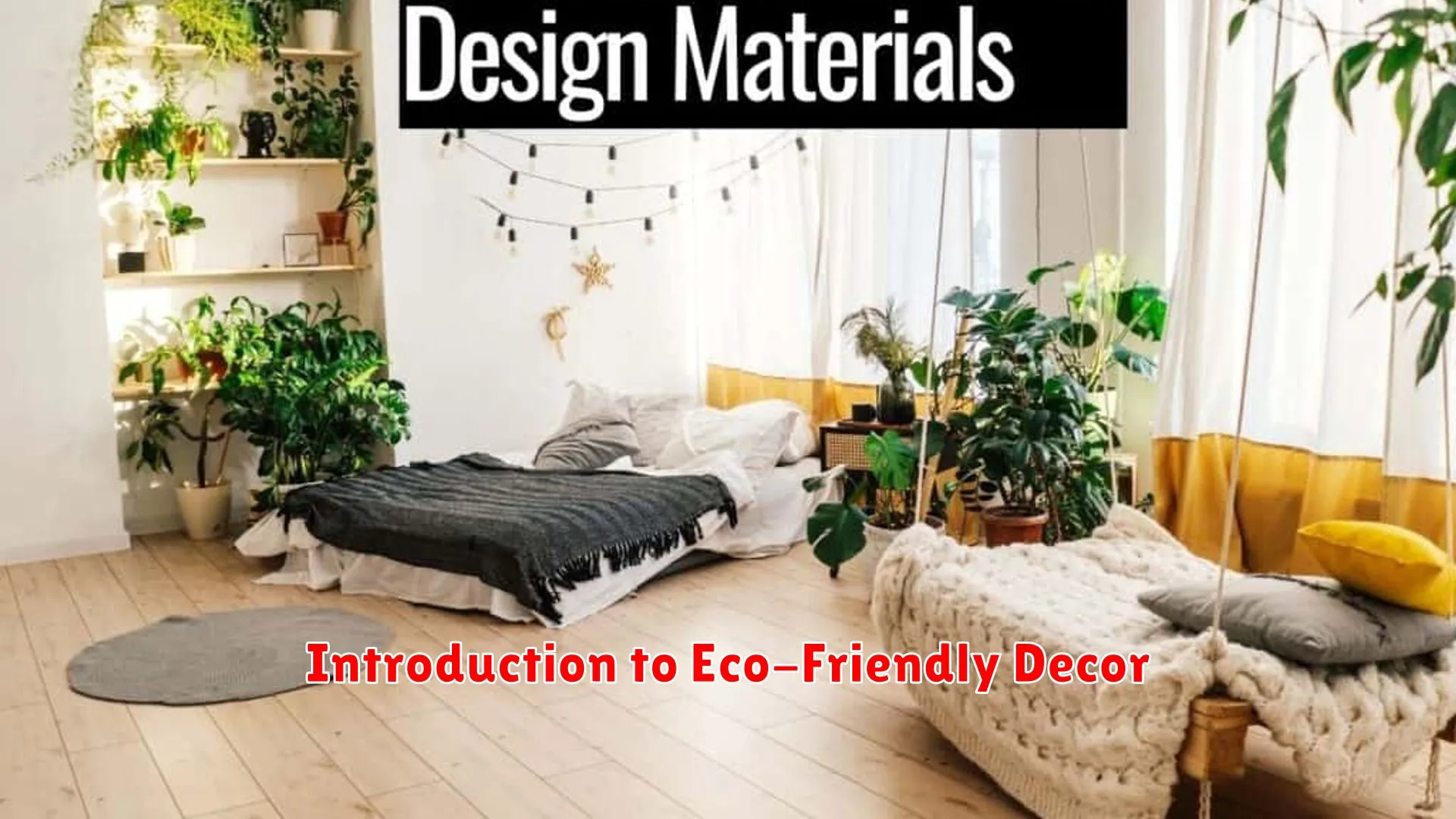
Decorating your home in an eco-friendly manner has become increasingly popular as people become more aware of the importance of sustainable living practices. Eco-friendly decor involves using materials and techniques that have minimal impact on the environment while also promoting a healthier indoor space for you and your family. In this article, we will explore sustainable decoration practices that can help you create a beautiful and environmentally-conscious home.
Choosing Sustainable Materials
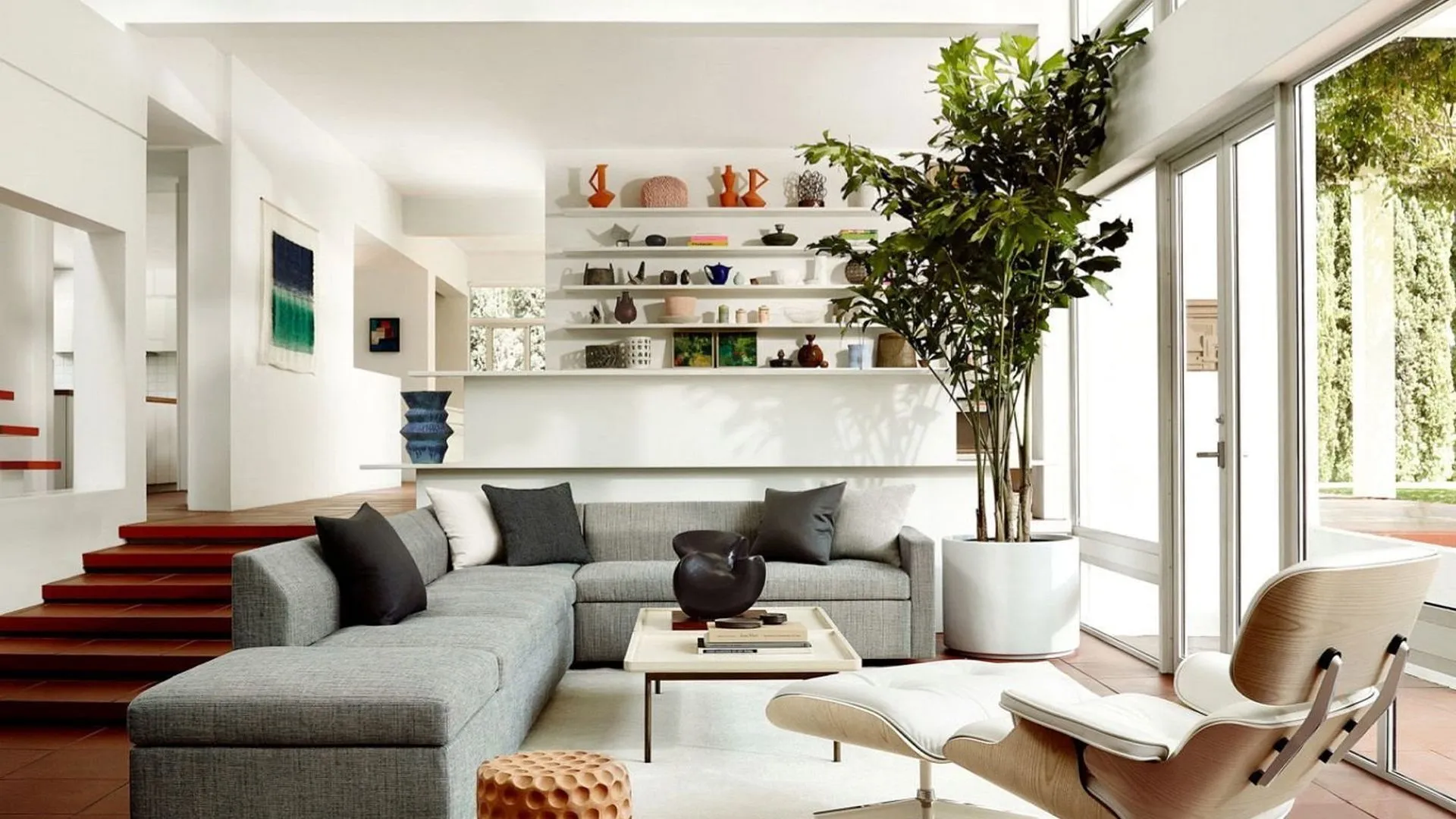
When it comes to creating an eco-friendly home, one of the most important factors to consider is the use of sustainable materials in your decoration practices. Choosing sustainable materials not only helps reduce the carbon footprint of your home but also promotes a healthier and more environmentally friendly living space.
Wood sourced from responsibly managed forests is a popular choice for sustainable home decoration. Look for wood products that are certified by organizations such as the Forest Stewardship Council (FSC) to ensure that they come from sustainable sources.
Another eco-friendly option is bamboo, which grows rapidly and can be harvested without causing damage to the environment. Bamboo can be used for flooring, furniture, and decorative elements in your home.
Recycled materials are also a great choice for sustainable decoration. Consider using recycled glass for countertops or tiles, recycled metal for light fixtures, or recycled plastic for furniture to give new life to materials that would otherwise end up in a landfill.
When selecting textiles for your home, opt for organic cotton or linen that are grown without harmful pesticides and chemicals. These natural fabrics are biodegradable and have a lower impact on the environment.
Incorporating reclaimed wood into your home decor can add character and history to your space while reducing the demand for virgin timber. Look for reclaimed wood from old buildings, barns, or salvage yards to give your home a unique and sustainable touch.
Incorporating Energy-Efficient Lighting
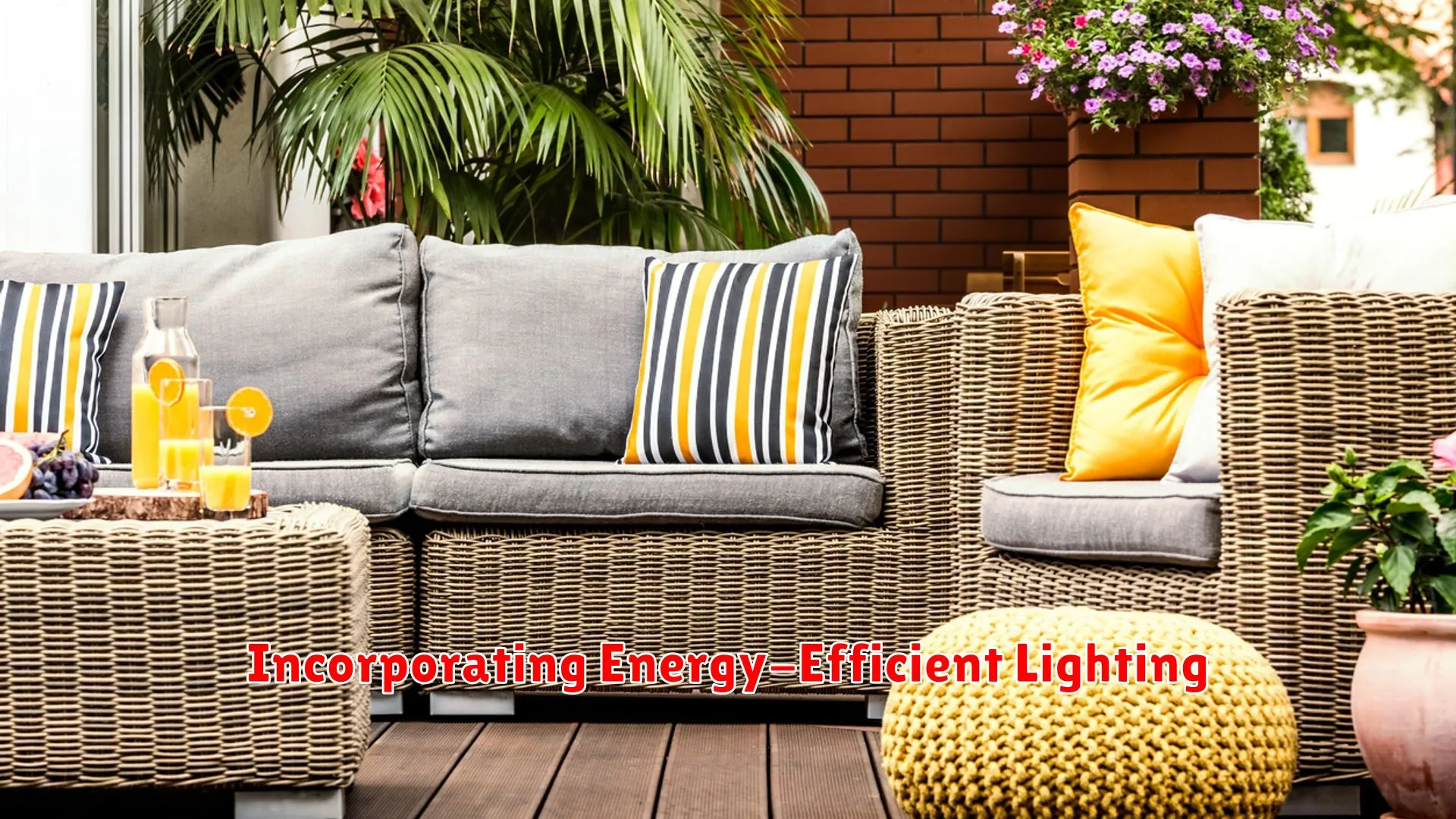
When it comes to creating an eco-friendly home with sustainable decoration practices, incorporating energy-efficient lighting should be a top priority. Lighting is an essential element in home decor, and by choosing energy-efficient options, you can reduce your carbon footprint while also saving on electricity bills.
One of the most effective ways to integrate energy-efficient lighting is by switching to LED (Light-Emitting Diode) bulbs. LEDs use significantly less energy compared to traditional incandescent bulbs and have a longer lifespan, making them a cost-effective and environmentally friendly choice.
Additionally, consider utilizing natural light to illuminate your living space during the day. Maximize windows and skylights to allow more natural light in, reducing the need for artificial lighting. Natural light not only reduces energy consumption but also creates a warm and inviting ambiance in your home.
Another strategy is to install dimmer switches and motion sensors for your lighting fixtures. Dimmer switches allow you to adjust the brightness levels according to your needs, while motion sensors ensure that lights are only activated when needed, helping to conserve energy.
Lastly, opt for light fixtures with eco-friendly materials such as bamboo, recycled glass, or reclaimed wood. These sustainable materials not only add a unique touch to your decor but also contribute to minimizing environmental impact.
Decorating with Reclaimed and Recycled Items
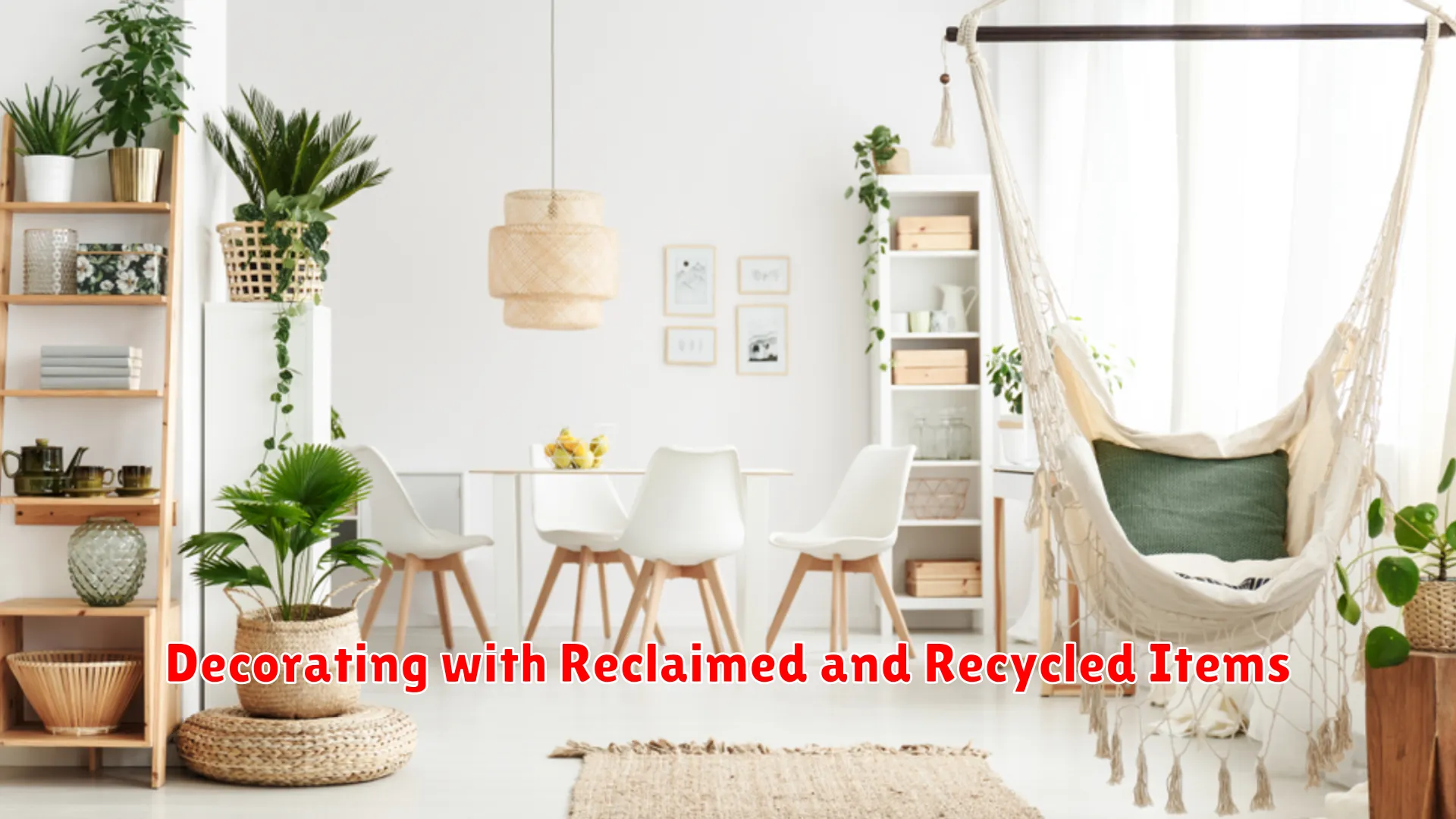
Decorating your home in an eco-friendly and sustainable manner can be both rewarding and impactful. One way to achieve this is by incorporating reclaimed and recycled items into your decor. Not only does this help in reducing waste and promoting a more sustainable lifestyle, but it also adds character and uniqueness to your living space.
Benefits of Decorating with Reclaimed and Recycled Items:
- Environmental Impact: Using reclaimed materials reduces the demand for new resources, helping to conserve natural habitats and reduce pollution.
- Unique Aesthetic: Reclaimed items often come with a history and a story, adding charm and character to your home decor.
- Cost-Effective: In many cases, reclaimed and recycled items can be more affordable than buying new, high-quality pieces.
- Creative Expression: Incorporating recycled items allows for creativity and individuality in decorating your home.
Ideas for Decorating with Reclaimed and Recycled Items:
There are numerous ways to integrate reclaimed and recycled items into your home decoration:
- Furniture: Look for vintage or second-hand furniture pieces that can be refurbished or repurposed to fit your style.
- Decorative Accents: Incorporate items like recycled glassware, salvaged wood frames, or antique knick-knacks to add interest to your space.
- Textiles: Use upcycled fabrics for throw pillows, curtains, or even rugs to bring a unique touch to your rooms.
- Artwork: Support local artists who use recycled materials or consider creating your own art using reclaimed items.
Conclusion:
By decorating with reclaimed and recycled items, you not only contribute to a more sustainable lifestyle but also create a home that reflects your values and creativity.
Adding Indoor Plants for Air Quality

When it comes to creating an eco-friendly home with sustainable decoration practices, incorporating indoor plants is not only a visually appealing choice but also a beneficial one for improving air quality. Indoor plants play a vital role in reducing indoor air pollution and promoting a healthier living environment.
Plants have the natural ability to absorb toxins and purify the air by releasing oxygen while filtering out harmful chemicals. This can help eliminate common indoor pollutants such as formaldehyde, benzene, and volatile organic compounds (VOCs) that are often found in household items like furniture, paint, and cleaning products.
Not only do indoor plants enhance the aesthetic value of a space, but they also contribute to a sense of tranquility and well-being. Research has shown that being around greenery can reduce stress levels, boost mood, and increase productivity.
When selecting indoor plants for improved air quality, consider low-maintenance varieties like spider plants, peace lilies, aloe vera, and pothos, which are known for their air-purifying properties. These plants are not only easy to care for but also have a high success rate in indoor environments.
By strategically placing indoor plants throughout your living spaces, you can create a healthier and more sustainable home environment while enhancing the overall ambiance of your decor. Embracing nature indoors is a simple yet effective way to promote a greener lifestyle and prioritize your well-being.
Embracing Minimalism for Sustainability
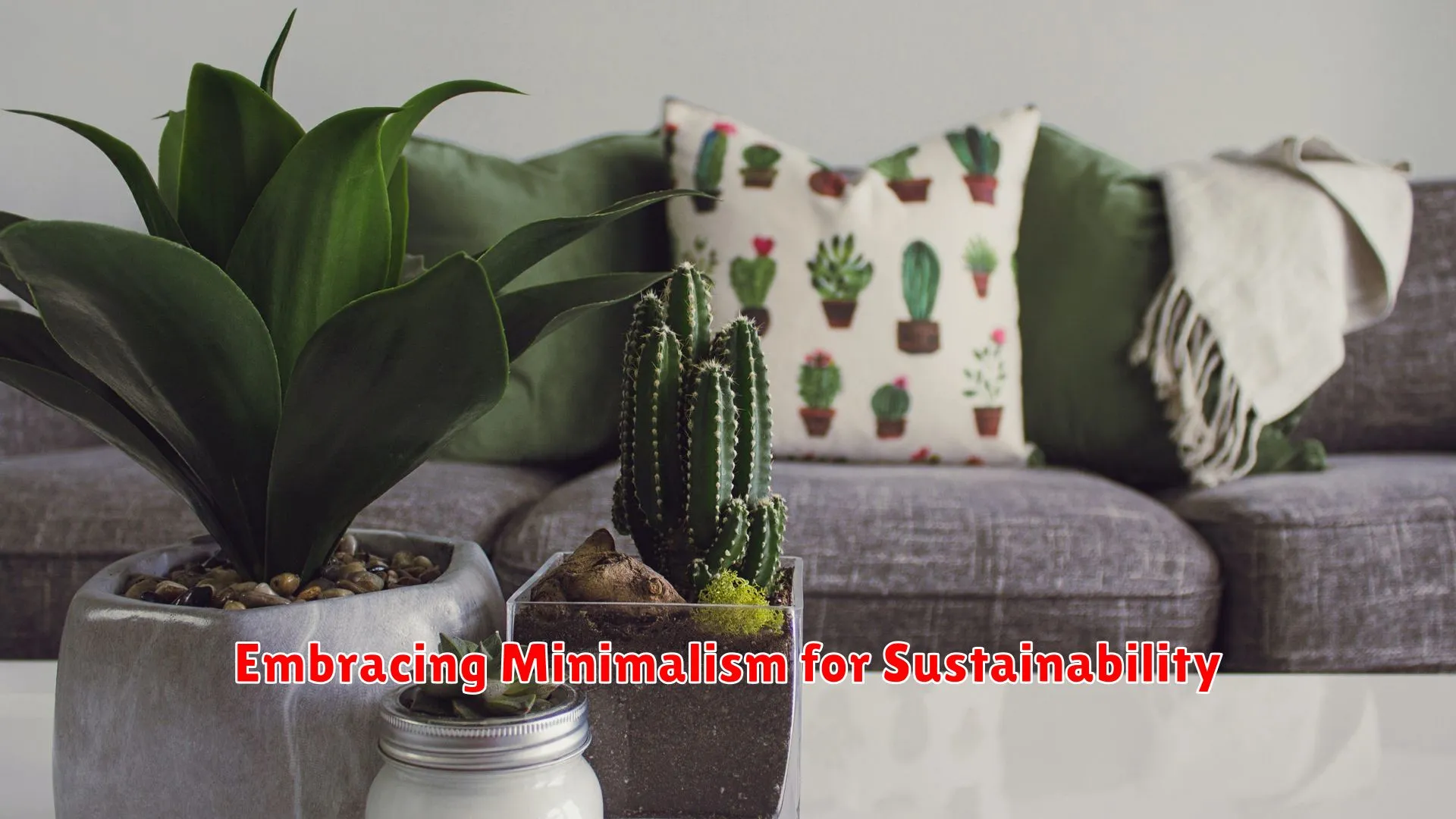
In the realm of eco-friendly home decoration practices, embracing minimalism can significantly contribute to sustainability efforts. By focusing on simplicity and functionality, minimalism aligns with the principles of sustainability in various ways.
Reducing Waste
One of the core tenets of minimalism is the emphasis on owning and using only what is necessary. By decluttering living spaces and opting for a less-is-more approach, individuals minimize the consumption of resources and reduce waste production.
Choosing Sustainable Materials
Minimalist design often involves selecting high-quality, durable, and environmentally friendly materials. These choices not only enhance the aesthetic appeal of a space but also promote sustainability by ensuring longevity and recyclability of the products used.
Energy Efficiency
Simple and streamlined furniture and decor not only create a visually appealing environment but also contribute to energy efficiency. By allowing for more natural light and airflow, minimalist designs can reduce the reliance on artificial lighting and heating, thereby lowering energy consumption.
Embracing Functional Design
Minimalism encourages the prioritization of functionality in design. Choosing versatile pieces that serve multiple purposes not only optimizes space utilization but also minimizes the need for excess furniture and accessories, leading to a more sustainable lifestyle.
Conclusion
In conclusion, adopting sustainable decoration practices in eco-friendly homes is crucial for reducing environmental impact and promoting a greener future.




